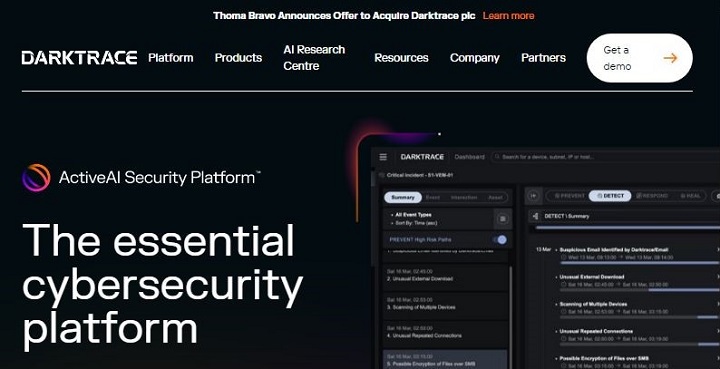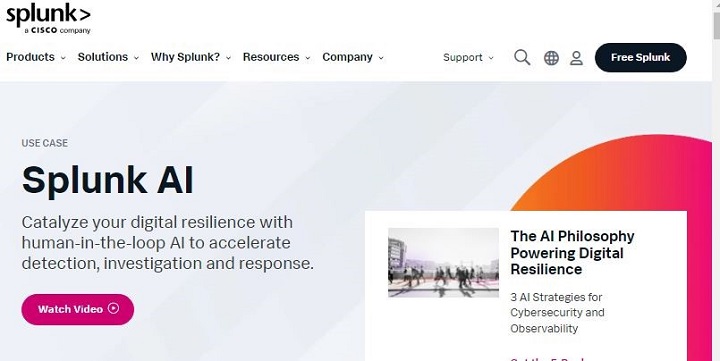
- Generative AI - Home
- Generative AI Basics
- Generative AI Basics
- Generative AI Evolution
- ML and Generative AI
- Generative AI Models
- Discriminative vs Generative Models
- Types of Gen AI Models
- Probability Distribution
- Probability Density Functions
- Maximum Likelihood Estimation
- Generative AI Networks
- How GANs Work?
- GAN - Architecture
- Conditional GANs
- StyleGAN and CycleGAN
- Training a GAN
- GAN Applications
- Generative AI Transformer
- Transformers in Gen AI
- Architecture of Transformers in Gen AI
- Input Embeddings in Transformers
- Multi-Head Attention
- Positional Encoding
- Feed Forward Neural Network
- Residual Connections in Transformers
- Generative AI Autoencoders
- Autoencoders in Gen AI
- Autoencoders Types and Applications
- Implement Autoencoders Using Python
- Variational Autoencoders
- Generative AI and ChatGPT
- A Generative AI Model
- Generative AI Miscellaneous
- Gen AI for Manufacturing
- Gen AI for Developers
- Gen AI for Cybersecurity
- Gen AI for Software Testing
- Gen AI for Marketing
- Gen AI for Educators
- Gen AI for Healthcare
- Gen AI for Students
- Gen AI for Industry
- Gen AI for Movies
- Gen AI for Music
- Gen AI for Cooking
- Gen AI for Media
- Gen AI for Communications
- Gen AI for Photography
Generative AI for Cybersecurity
Cybersecurity specialists are quickly incorporating general AI tools into their work. They automate processes using these tools, which enhances overall security measures and improves threat detection. AI-powered solutions help security professionals identify vulnerabilities, respond to issues swiftly, and provide detailed information for security audits.
Here, we will examine some AI solutions that can help cybersecurity experts, emphasizing their practical advantages.
OpenAI GPT: AI for Security Automation and Threat Intelligence
OpenAIs GPT models, including ChatGPT, process vast amounts of security-related data and provide insights that enhance decision-making. They automate threat intelligence reports and generate responses to security incidents, streamlining many manual processes in cybersecurity.
Following are some of the benefits of using GPT Models −

Use Cases of ChatGPT in Cybersecurity
Now let's take a look at some of the Use-Cases of ChatGPT in cybersecurity −
Automated Threat Intelligence Summarization
Use GPT to summarize lengthy threat intelligence reports, enabling security teams to focus on actionable insights.
Prompt − Summarize the key findings from the latest threat intelligence report regarding ransomware targeting healthcare institutions.
Incident Response Playbooks
Generate incident response playbooks tailored to different attack vectors to reduce the time needed for developing a strategic response.
Prompt − Create a playbook for responding to incidents involving phishing attacks that target employee emails with malicious attachments.
Microsoft Defender for Cloud: AI-Powered Threat Detection and Response
Microsoft Defender for Cloud enhances threat detection, vulnerability management, and security monitoring of cloud infrastructure by integrating AI capabilities. AI models analyze vast amounts of security data to identify potential breaches, risky behavior, and incorrect configurations.
Some of the benefits of using Microsoft Defender for Cloud are listed below −
- Detects and mitigates threats in real-time.
- Offers automated security recommendations.
- Reduces false positives through intelligent threat analysis.

Use Cases of Microsoft Defender for Cloud
Some of the use-cases of Microsoft Defender are given below −
Real-Time Threat Detection
AI detects unusual behavior across your cloud environment and triggers automated responses in Defender for Cloud.
Prompt − Monitor and alert me on anomalous login attempts from external IP addresses into Azure VMs.
Risk-Based Security Recommendations
AI-powered insights provide real-time risk factor-based security recommendations for your cloud infrastructure.
Prompt − Provides recommendations to enhance the security of Azure Kubernetes clusters based on known vulnerabilities.
Darktrace: AI-Driven Threat Detection and Response
Darktrace employs AI to detect, analyze, and respond to cyber threats in real time. By learning the normal behavior of users, devices, and networks, Darktrace autonomously detects and mitigates threats across digital infrastructures.
Here are some of the benefits of using Darktrace −
- The system learns and adapts to your network to detect unknown threats.
- It autonomously responds to mitigate potential attacks in real-time.
- It provides detailed behavioural analysis for anomalies.

Use Cases of Darktrace
Some of the use-cases of Darktrace are given below −
Anomaly Detection and Response
Darktrace identifies subtle deviations from normal behavior, indicating potential insider threats or malware.
Prompt − Alert and quarantine any device that exhibits abnormal behavior, such as unusually large file transfers outside of business hours.
Autonomous Threat Mitigation
Use Darktraces AI to autonomously block and isolate malicious traffic before it spreads across your network.
Prompt − Automatically isolate any endpoint that tries to communicate with known Command and Control (C2) servers.
CrowdStrike Falcon: AI-Powered Endpoint Protection
To provide endpoint detection and response (EDR) capabilities, CrowdStrike Falcon leverages AI. It analyzes endpoint activity in real-time to identify threats, preventing malware, ransomware, and advanced persistent threats (APTs).
Some of the benefits of using CrowdStrike Falcon are given below −
- The system detects and responds to threats on endpoints in real-time.
- It uses AI to minimize false positives and enhance response times.
- It protects against sophisticated attacks, such as ransomware and fileless malware.

Use Cases of CrowdStrike Falcon
Some of the use-cases of CrowdStrike Falcon are highlighted below −
AI-Driven Malware Detection
Falcon analyzes the behavior of files and applications to detect both known and unknown malware using AI models.
Prompt − Scan all endpoints for behavioral indicators of fileless malware and provide a report with suspicious activity.
Automated Threat Response
Use AI analysis to automate threat responses by quarantining endpoints or blocking network access.
Prompt − Automatically quarantine any endpoint that attempts to execute known ransomware signatures.
XSOAR: AI for Automated Incident Response
Cortex XSOAR is a security management platform, automatic system and response (SOAR) that uses AI to automate the incident response process. Help cybersecurity teams respond quickly to alerts by integrating with tools and running automated playbooks.
Some of the benefits of using XSOAR are listed below −
- Automates security teams' repetitive tasks in incident response.
- Integrates multiple security tools for centralized management.
- Reduces response time by executing predefined playbooks.

Use Cases of XSOAR
Some of the use-cases of XSOAR are highlighted below −
Automated Incident Triage
Cortex XSOAR triages incoming alerts, determines the severity of incidents, and responds automatically.
Prompt − Check for phishing emails detected by email gateway and generate reports on possible data retrieval attempts.
Security Automation Playbooks
Automate common security workflows by isolating compromised systems, notifying teams, and generating reports.
Prompt − Execute an automated playbook to isolate any device showing indicators of compromise (IoCs) related to malware infection.
Splunk AI: AI-Powered Security Analytics
Splunks AI-driven security analytics enables cybersecurity professionals to analyze vast amounts of log data, detect patterns, and uncover hidden threats in real time. The AI capabilities in Splunk streamline security monitoring and analysis, making it easier for users to detect advanced threats.
Some of the notable benefits of using Splunk AI are given below −
- Automated log analysis speeds up threat detection.
- It identifies patterns and trends in security data.
- It provides real-time threat intelligence and alerts.

Use Cases of Splunk AI
Some of the use-cases of Splunk AI are given below −
Automated Threat Hunting
Splunk AI analyzes large data sets to identify suspicious patterns, helping cybersecurity teams discover threats they might otherwise miss.
Prompt − Analyze web server logs to detect signs of brute-force login attempts and provide a summary report of suspicious IP addresses.
Predictive Security Insights
predict potential security risks based on historical data and threat patterns using AI.
Prompt − Identify patterns in the firewall logs that indicate potential future DDoS attacks.
Conclusion
Cybersecurity experts use built-in AI technologies like Splunk AI, Microsoft Defender for Cloud, Cortex XSOAR, Darktrace, GPT, and more to automatically process and analyze security data in entirely new ways. These tools enable cybersecurity teams to stay ahead of emerging threats by automating repetitive tasks and providing real-time analysis.